Isopropyl adipate
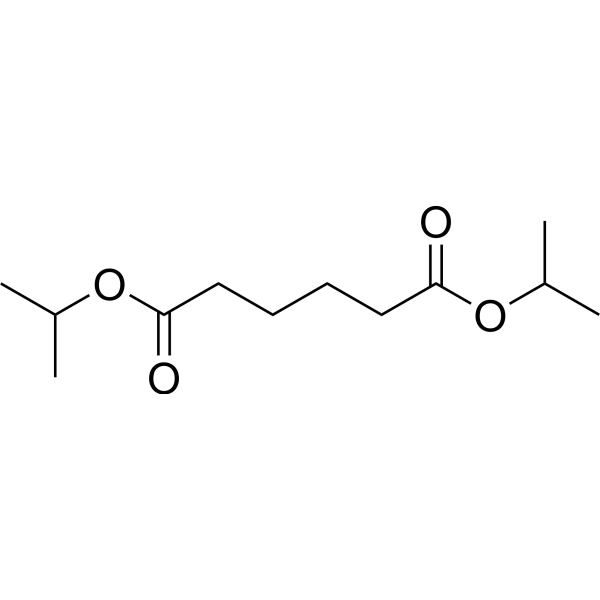
Isopropyl adipate structure
|
Common Name | Isopropyl adipate | ||
|---|---|---|---|---|
| CAS Number | 6938-94-9 | Molecular Weight | 230.30 | |
| Density | 1.0±0.1 g/cm3 | Boiling Point | 252.6±8.0 °C at 760 mmHg | |
| Molecular Formula | C12H22O4 | Melting Point | -1 °C | |
| MSDS | N/A | Flash Point | 109.8±16.9 °C | |
Use of Isopropyl adipateDiisopropyl adipate is an alternative plasticizer and a TRPA1 activator. Diisopropyl adipate activates TRPA1 and enhances FITC-induced contact hypersensitivity (CHS).Diisopropyl adipate also serves as an ingredient in cosmetics and drug formulations topically applied to the skin. Diisopropyl adipate can be used as an excipient, such as emollients, plasticizers. Pharmaceutical excipients, or pharmaceutical auxiliaries, refer to other chemical substances used in the pharmaceutical process other than pharmaceutical ingredients. Pharmaceutical excipients generally refer to inactive ingredients in pharmaceutical preparations, which can improve the stability, solubility and processability of pharmaceutical preparations. Pharmaceutical excipients also affect the absorption, distribution, metabolism, and elimination (ADME) processes of co-administered drugs[1][2]. |
| Name | Adipic Acid Diisopropyl Ester |
|---|---|
| Synonym | More Synonyms |
| Description | Diisopropyl adipate is an alternative plasticizer and a TRPA1 activator. Diisopropyl adipate activates TRPA1 and enhances FITC-induced contact hypersensitivity (CHS).Diisopropyl adipate also serves as an ingredient in cosmetics and drug formulations topically applied to the skin. Diisopropyl adipate can be used as an excipient, such as emollients, plasticizers. Pharmaceutical excipients, or pharmaceutical auxiliaries, refer to other chemical substances used in the pharmaceutical process other than pharmaceutical ingredients. Pharmaceutical excipients generally refer to inactive ingredients in pharmaceutical preparations, which can improve the stability, solubility and processability of pharmaceutical preparations. Pharmaceutical excipients also affect the absorption, distribution, metabolism, and elimination (ADME) processes of co-administered drugs[1][2]. |
|---|---|
| Related Catalog | |
| References |
| Density | 1.0±0.1 g/cm3 |
|---|---|
| Boiling Point | 252.6±8.0 °C at 760 mmHg |
| Melting Point | -1 °C |
| Molecular Formula | C12H22O4 |
| Molecular Weight | 230.30 |
| Flash Point | 109.8±16.9 °C |
| Exact Mass | 230.151810 |
| PSA | 52.60000 |
| LogP | 2.79 |
| Vapour Pressure | 0.0±0.5 mmHg at 25°C |
| Index of Refraction | 1.435 |
CHEMICAL IDENTIFICATION
HEALTH HAZARD DATAACUTE TOXICITY DATA
|
| Risk Phrases | R36/37/38 |
|---|---|
| Safety Phrases | S26-S36/37/39 |
| RTECS | AV1575000 |
| HS Code | 2917120090 |
|
~86% 
Isopropyl adipate CAS#:6938-94-9 |
| Literature: Lee, Jong Chan; Ku, Chang Hoe Synlett, 2002 , # 10 p. 1679 - 1680 |
|
~71% 
Isopropyl adipate CAS#:6938-94-9 |
| Literature: Ballini, Roberto; Bosica, Giovanna Tetrahedron, 1997 , vol. 53, # 47 p. 16131 - 16138 |
|
~89% 
Isopropyl adipate CAS#:6938-94-9 |
| Literature: Kazemi, Foad; Kiasat, Ali Reza; Mombaini, Began Phosphorus, Sulfur and Silicon and the Related Elements, 2004 , vol. 179, # 6 p. 1187 - 1191 |
|
~67% 
Isopropyl adipate CAS#:6938-94-9 |
| Literature: Parmar, Anupama; Kaur, Jatinder; Goyal, Rita; Kumar, Baldev; Kumar, Harish Synthetic Communications, 1998 , vol. 28, # 15 p. 2821 - 2826 |
| HS Code | 2917120090 |
|---|---|
| Summary | 2917120090. adipic acid and its salts. VAT:17.0%. Tax rebate rate:13.0%. Supervision conditions:AB(certificate of inspection for goods inward,certificate of inspection for goods outward). MFN tariff:6.5%. General tariff:30.0% |
| Hexanedioic acid, bis(1-methylethyl) ester |
| MFCD00026391 |
| Diisopropyl adipate |
| bis(1-methylethyl) hexanedioate |
| Adipic acid diisopropyl ester |
| Adipic acid isopropyl ester |
| Adipic acid, diisopropyl ester |
| Diisopropyl hexanedioate |
| Isopropyl adipate |
| EINECS 230-072-0 |
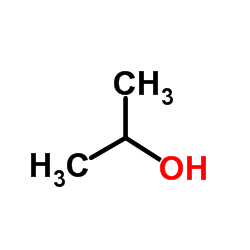
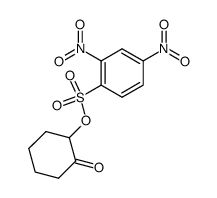
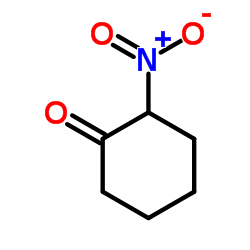
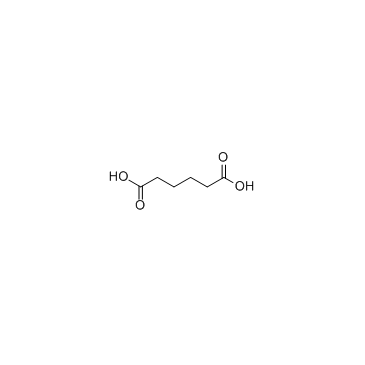
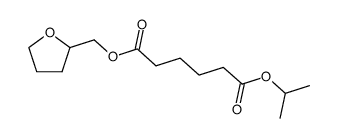 CAS#:97159-24-5
CAS#:97159-24-5![Hexanedioic acid,1,6-bis[(tetrahydro-2-furanyl)methyl] ester structure](https://image.chemsrc.com/caspic/134/105-02-2.png) CAS#:105-02-2
CAS#:105-02-2
